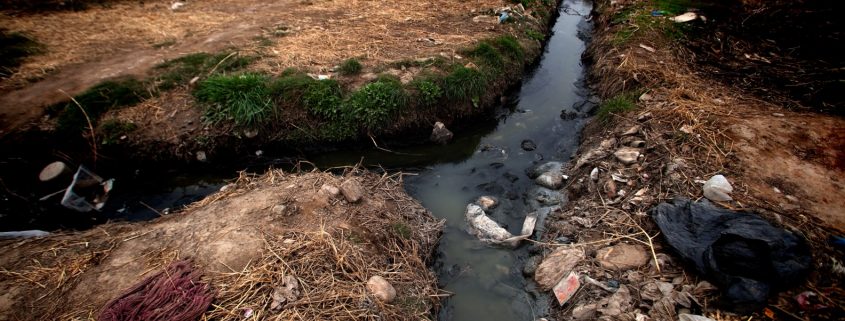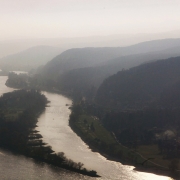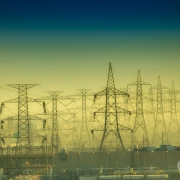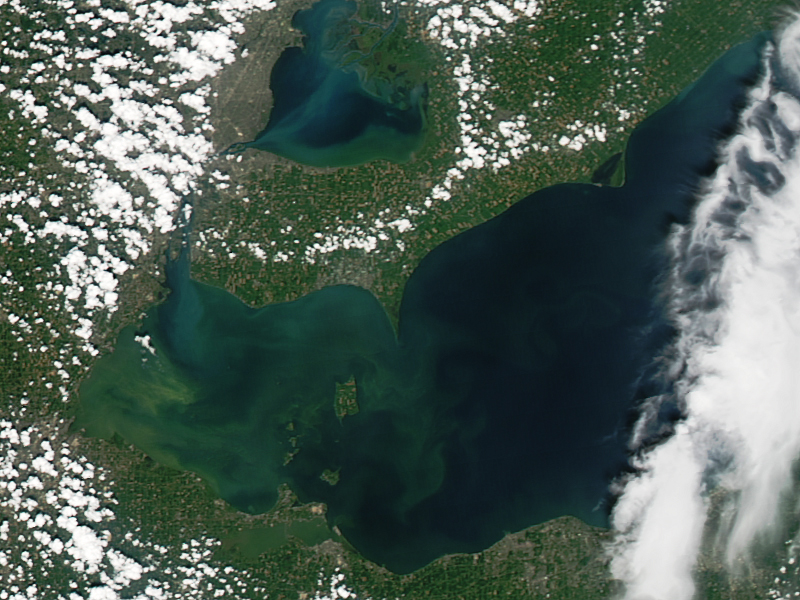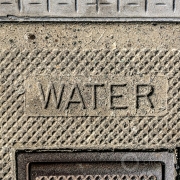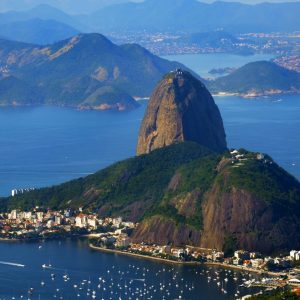Foul Water Conditions Found All Over the World
Rio waters are just most visible example of the planet’s polluted bays and rivers.
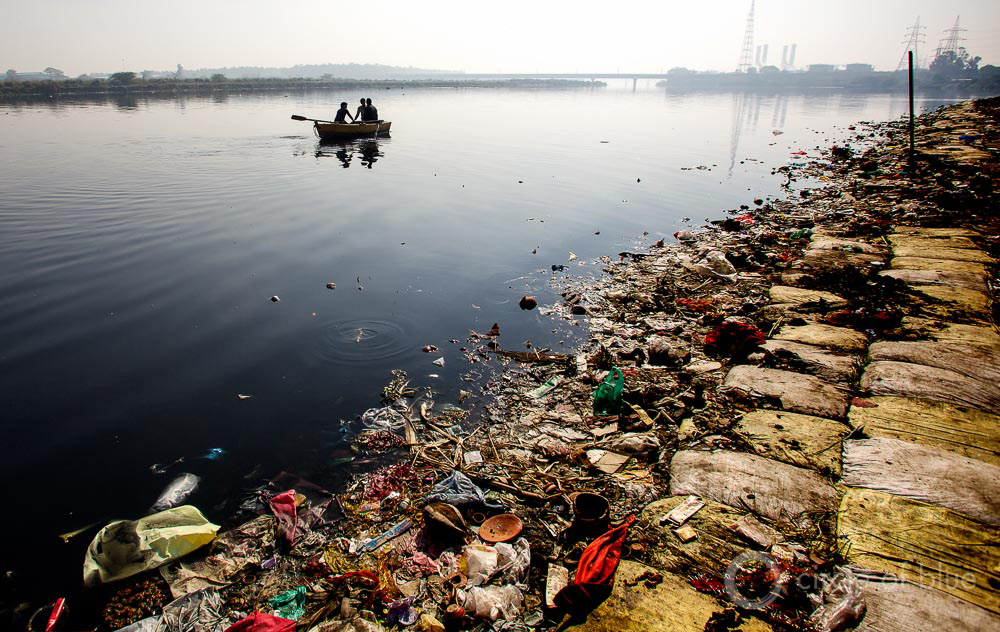
The Yamuna River, a tributary of the Ganges, is widely recognized as India’s most polluted river. Photo © J. Carl Ganter / Circle of Blue
By Keith Schneider
Circle of Blue
Rio’s Guanabara Bay, site of this month’s Olympic sailing events, is attracting international attention as one of the most polluted water bodies on Earth. Eyewitnesses report seeing every manner of floating and subsurface filth and debris in the water – dead animals, trash, furniture, vehicles, construction and yard wastes. An Associated Press investigation in early August found that Guanabara Bay and other Rio water bodies also are “contaminated with raw human sewage teeming with dangerous viruses and bacteria.”
The causes of the feverish pollution are generally the same as they are in so many other places around the world afflicted with calamitous water pollution – a confrontation between rapid urban population growth, polluting industries, and inadequate or non-existent wastewater treatment.
Brazil promised in its application to secure the 2016 Olympic Games that it would invest in treatment options to scrub pollutants, remove filth, and “regenerate Rio’s magnificent waterways.” That goal is not close to being reached. Nor are promised municipal and government projects to clear pollution from other major water bodies around the world achieving results.
The economic, ecological, and human health hazards of dirty water are manifest. The solutions are well-recognized. But international resistance to investing in water pollution control technology, and new land use practices that limit contaminated runoff, allows many of the world’s major coastal bays, rivers, and lakes to get dirtier.

A Manila Water Company representative gives a tour of one of the company’s wastewater treatment plants, located along the banks of the Pasig River in the Philippines. Photo © J. Carl Ganter / Circle of Blue
Here are several other desperately polluted waterways that need help:
Yamuna River, India — Four years ago, when Circle of Blue interviewed energy and water authorities in New Delhi, we also watched boys dive into the brown waters of a river that is essentially a mammoth urban sewer. The Yamuna, which starts in the Himalayas and joins the Ganges River downstream of the capital, is widely recognized as India’s most polluted river. The young swimmers earned rupees transporting flowers and ornaments to the river’s center as part of funeral rituals. Their arms and legs churned through the heaving domes of water, like sores bursting at the water’s surface, that are caused by methane from the river’s raw and decaying sewage.
Northern Bay of Bengal, India and Bangladesh — The Ganges River, which flows west to east across northern India, and the Buriganga River, which drains Bangladesh, flow into the heavily polluted waters of the northern Bay of Bengal. Draining densely populated regions of both countries, the two rivers are contaminated with industrial and agricultural chemical wastes, sewage, garbage, medical waste, dead animals, oil, and plastics. Near Dhaka, the Bangladesh capital, the Buriganga River smells foul and no fish live in it. India Prime Minister Narendra Modi last year launched a comprehensive project to clean up the Ganges, which receives over 3.7 billion liters (1 billion gallons) of untreated wastes daily. Previous Ganges cleanup plans dating to 1985 have failed, due almost entirely to inadequate public investment.
Yellow River, China — Four billion tons of sewage pours each year into China’s second longest river, which flows west to east for 5,464 kilometers (3,395 miles) across nine northern desert provinces before reaching the Bohai Sea. Earlier this century the river’s waters were found to be so polluted by provincial governments that it was declared unfit even for use in irrigation. Last year China’s central government announced an action plan to stem water pollution and significantly improve water quality in the Yellow River and the country’s other desperately polluted lakes, rivers, and bays by 2030.
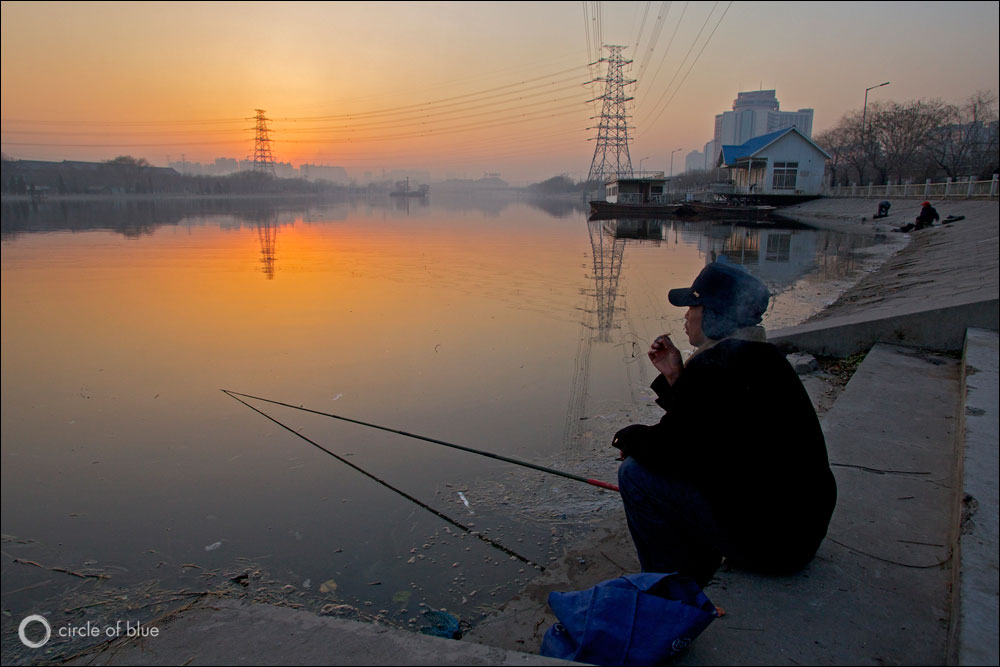
Though the Yellow River’s water is fouled with debris and industrial pollutants, it continues to be a focus of China’s fishing families. Photo © Aaron Jaffe / Circle of Blue
Mississippi River Dead Zone, United States — In addition to sewage, the worst pollutants in America’s longest river are agricultural pesticides and nutrients. Where the river meets the Gulf of Mexico, the Mississippi has formed a “Dead Zone” of 15,500 to 20,700 square kilometers (6,000 to 8,000 square miles) south of New Orleans, where scant marine life survives. The oxygen-depleted waters are principally caused by the excess nitrogen and phosphorous that the river carries from upstream farms. The nutrients lead to mammoth blooms of algae that prevent sunlight from penetrating the water and deplete oxygen available for shrimp, fish, and other marine creatures.
Niger River Delta, Nigeria — Five years ago the United Nations Environment Program recommended in a report that Royal Dutch Shell and other energy companies spend at least $US 1 billion to clear the Niger Delta of contamination from oil exploration and production. The 20,000-square-kilometer (12,000 square miles) delta is an enormous territory of mangrove swamps and lowland forests that drain into the South Atlantic Ocean. The delta, the site of one of the planet’s important oil fields, also is one of the Earth’s most contaminated ecosystems. Thousands of oil spills have occurred since the region was first drilled in the 1950s.
Pasig River, Philippines — Work to address intense chemical and fecal pollution in Manila’s primary waterway began in the late 1980s. At that time the river was a biologically dead and obnoxious mass of algal blooms and excrement. Conditions are hardly better due to powerful trends in population growth in the capital city and deterioration of water transport and treatment infrastructure. A new approach to cleanup that focuses on clearing debris and contamination from the river’s labyrinth of small tributaries is having some success.
Circle of Blue’s senior editor and chief correspondent based in Traverse City, Michigan. He has reported on the contest for energy, food, and water in the era of climate change from six continents. Contact
Keith Schneider

